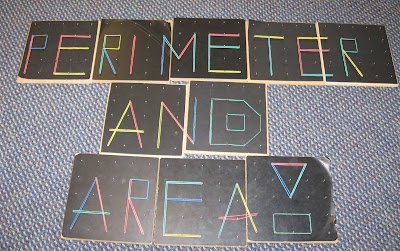Intro
Hi, I’m Aram, and we are learning about solving real-life cooking problems. I made these problems so you can try out the problems that we are doing.
Amounts
Sugar: 2/3 cup
Crushed pineapple: 8 ½ cups
Problems
Problem 1:
Bob needs to make 10 loaves of zucchini bread. How much sugar does Bob need (not powdered sugar)?
Problem 2:
Rick forgot to buy crushed pineapple. The cans of crushed pineapple are 17 oz. cans. If Rick is making 2 loaves (1 batch), how much crushed pineapple is left over?





















